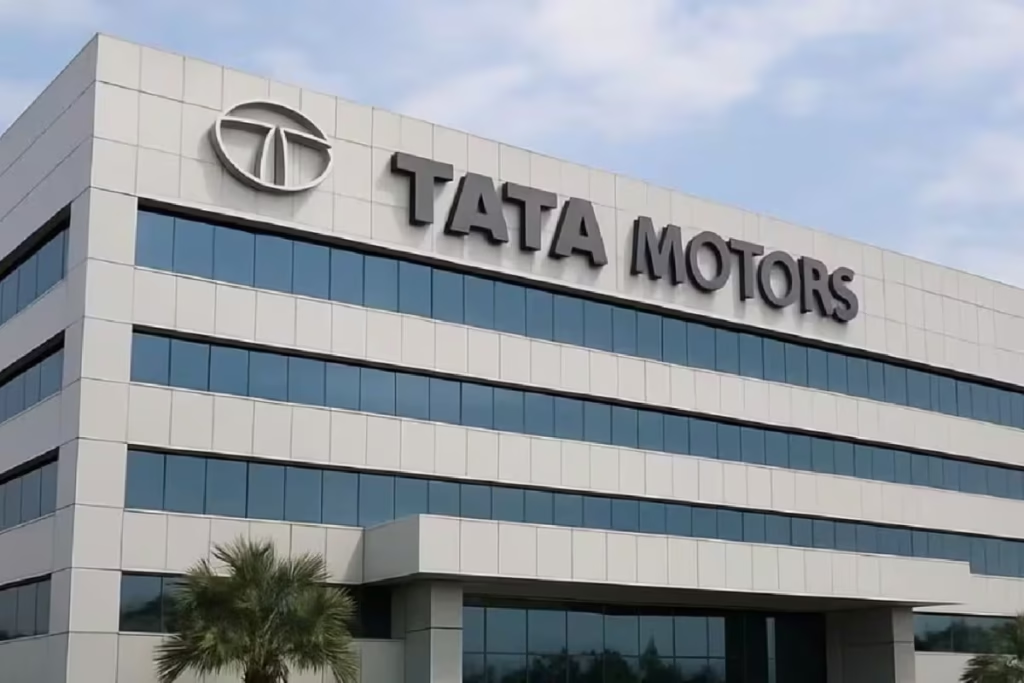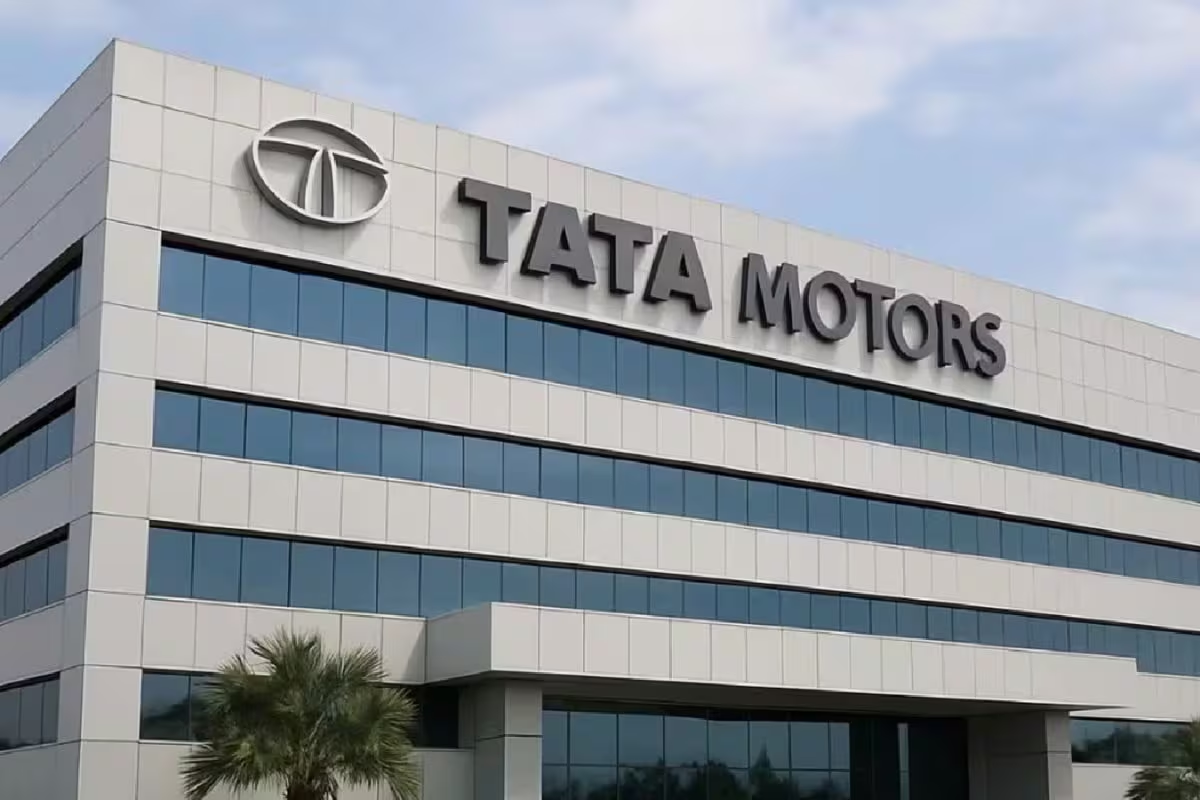
India’s largest vehicle manufacturer, Tata Motors Ltd. (TML), has executed one of the most significant corporate restructuring moves in the nation’s automotive history. The company officially separated its passenger vehicle (PV) and commercial vehicle (CV) divisions into two distinct, publicly listed entities, a process that culminated with the stock trading ex-demerger on October 14, 2025.
The move, approved by the National Company Law Tribunal, is a textbook example of value unlocking in corporate finance. Under the composite scheme of arrangement, Tata Motors is effectively splitting into:
- Tata Motors Passenger Vehicles Limited (TMPVL): Housing the Passenger Vehicles, Electric Vehicles (EV), and the globally exposed Jaguar Land Rover (JLR) businesses.
- TML Commercial Vehicles Limited (TMLCV): Focusing on the domestic and international commercial vehicle operations.
Understanding the ‘Technical Plunge’ in Stock Price
The trending nature of the news is rooted in the immediate, steep drop in the stock’s value, which plunged by approximately 40% in a single trading session. For a scientific and financially aware audience, it is crucial to understand that this is a notional decline, a mechanical market adjustment, and not an actual loss of investor capital.
The former Tata Motors share price contained the combined value of both the CV and PV businesses. When the CV business was carved out, its corresponding value (estimated by analysts at around ₹260-365 per share) was removed from the parent company’s stock price, which now only represents the TMPVL entity. Shareholders are being compensated for this adjustment by receiving one share of TMLCV for every one share they held in the original Tata Motors, ensuring their total holding value remains intact, albeit distributed across two different stocks.

Strategic Rationale: Sharper Focus and Capital Allocation
Academically, this vertical split allows for a sharper strategic focus and more efficient capital allocation. Each new entity can now pursue a distinct growth trajectory, free from the cyclicality and capital demands of the other:
- TMPVL (PV & JLR): Can focus on high-growth segments like electric mobility and premium luxury (JLR), with analysts expecting an 8-10% growth rate in the near term.
- TMLCV (Commercial Vehicles): As India’s largest commercial vehicle maker, this entity can strategically manage its domestic market share and integrate major global expansions, such as the planned acquisition of Iveco Group NV’s commercial vehicle operations.
In essence, the demerger is a structural decision designed to create two pure-play businesses, giving investors a clearer choice between the globally driven, high-growth PV/EV segment and the domestically focused, infrastructure-driven CV segment. While short-term volatility is expected as the market digests the new price structures, analysts view the long-term move as structurally positive for value creation.
